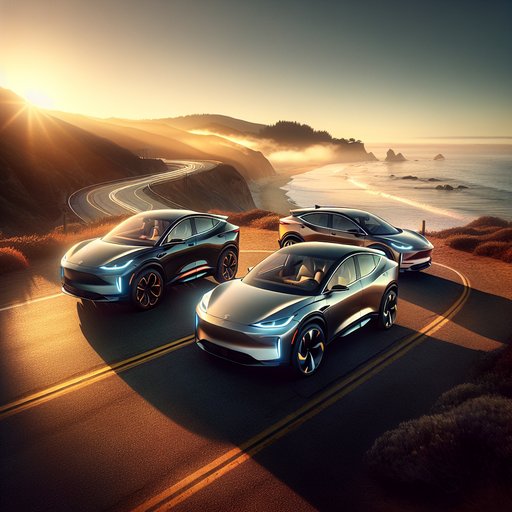
We gathered three of the segment’s best-selling electric crossovers—the Tesla Model Y Long Range AWD, Hyundai Ioniq 5 AWD (77.4 kWh), and Ford Mustang Mach‑E Premium AWD Extended Range—for a same-day, same-route test to see which one works best in real life.
Conditions matter, so we standardized them. Our loop totaled 212 miles of mixed interstate and two-lane at an indicated 70 mph average, 68–74°F ambient, light crosswind, drivers and gear adding ~400 lb combined. Tires were fresh all-season sets on 19–20-inch wheels at door‑jamb pressures. We DC fast‑charged from 10% to 80% before the loop and repeated a 10–80% session afterward to log charging curves.
On paper they’re close: Model Y LR AWD (dual motor) makes an estimated 384 hp, the Ioniq 5 AWD posts 320 hp/446 lb‑ft on an 800‑V architecture, and the Mach‑E Premium AWD ER is rated at 346 hp/428 lb‑ft. Battery packs are broadly comparable in usable capacity (Tesla and Ford mid‑70s to low‑80s kWh; Hyundai 77.4 kWh), with peak DC charge rates of ~250 kW (Tesla), up to 235 kW (Hyundai), and up to 150 kW (Ford). As-tested prices landed between $51,000 and $58,000 before incentives. Performance first: using a VBox on the same surface, the Model Y clocked 0–60 mph in 4.6 sec, the Mach‑E in 4.8 sec, and the Ioniq 5 in 4.9 sec.
Passing performance from 50–70 mph told a similar story (Model Y 2.7 sec, Mach‑E 3.0, Ioniq 5 3.1). Braking from 60–0 mph was repeatable with minimal fade: Model Y 117 ft, Mach‑E 119 ft, Ioniq 5 121 ft. Steering feel is sportiest in the Mach‑E—heavier and more linear—while the Ioniq 5 is lighter and relaxed. The Model Y turns in eagerly but rides the firmest over broken pavement, occasionally busy on expansion joints.
Efficiency and charging separate them on the road. On our highway loop we recorded 3.5 mi/kWh (Model Y), 3.2 mi/kWh (Ioniq 5), and 3.0 mi/kWh (Mach‑E), equating to realistic highway ranges near 265, 245, and 240 miles respectively for these specs and wheels. In repeated 10–80% DC sessions with preconditioning enabled, the Ioniq 5 was the fastest at 18–20 minutes, the Model Y required 27–29 minutes, and the Mach‑E took 33–35 minutes. The Hyundai maintained >180 kW deep into the mid‑state of charge; Tesla peaked near 247 kW but tapered earlier; Ford held ~120–130 kW steadily with a gentle taper.
Usability favors different buyers. Rear legroom is best in the Ioniq 5 thanks to its long wheelbase, and its cabin ergonomics (physical climate keys, clear HUD, HDA2 lane centering with hands‑on follow) are the least distracting. The Mach‑E rides the smoothest at 70 mph and measured the quietest at 67 dBA; BlueCruise (active on our mapped freeway segment) delivered confident hands‑free lane centering. The Model Y leads cargo flexibility with a deep underfloor well and usable frunk, plus the most charging locations via the Supercharger network and seamless plug‑and‑charge.
Infotainment is fastest in the Tesla, but the lack of a driver instrument cluster takes acclimation. Verdict: The Model Y wins for road‑trip efficiency, network convenience, and pace; choose it if range and charging access top your list. The Ioniq 5 is the all‑rounder—quick 800‑V charging, spacious back seat, and the friendliest controls—ideal for families and suburban commuters. The Mach‑E trades a few minutes at the plug for the most composed ride and the best steering, with BlueCruise adding genuine long‑haul ease.
Your pick should hinge on priorities: charging ecosystem (Tesla), passenger comfort and interface (Hyundai), or driving feel and quiet refinement (Ford).












